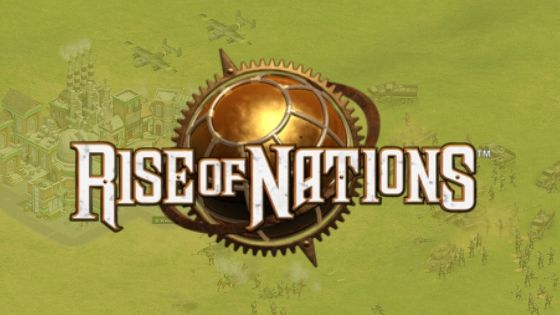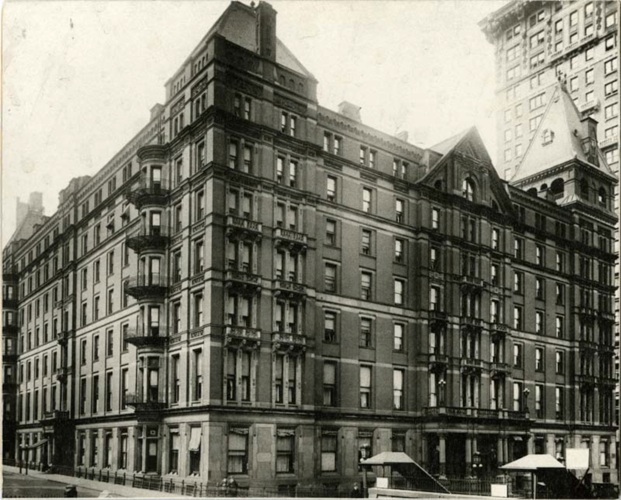

And then came the US election operations in 2016, which US intelligence officials attributed to Russia.Ĭyber security experts fear that without clear global norms and expectations around cyber offences - including states’ rights when it comes to responding to attacks - such attacks will only continue. Russia was suspected of attacks that briefly knocked out Ukrainian power grids in 20. North Korea was blamed for the massive hack on Sony in 2014. The Stuxnet virus that damaged Iran’s nuclear centrifuges, discovered in 2010, was attributed to the United States and Israel. While the Estonia attacks in 2007 were the first suspected incident of state-sponsored cyber attacking, they were far from the last. But Moscow continues to deny it played any role in the attacks. The attacks also escalated on May 9, when every year Russia commemorates Germany’s 1945 surrender to the Soviet Union, and dwindled the next day. Many of the attacks were traced to Internet Protocol addresses in Russia, and Russian-language instructions for launching attacks were posted online on various forums. The cyber attackers were out to cripple the infrastructure of the Estonian state. And Estonians couldn't look to the media to find out what was happening, because journalists couldn’t use the internet to report or deliver the news.
Automated teller machines and government email stopped working.
Battle nations nanopod hack Offline#
Almost 60 key websites were offline at once. The country that had rebuilt itself since independence as a tech-savvy cyber state now discovered the vulnerability that came as a flipside, as some of the attacks continued for weeks. Botnets swamped banks, newspapers, telecommunications companies, government ministries and the Estonian parliament with spam and distributed denial-of-service attacks. On April 27, Estonian institutions came under sustained and coordinated cyber attack. Shops were smashed and cars flipped over one person was killed, more than 150 were injured and 1,000 were taken into custody.īut as rioters clashed in the streets, a new front in the conflict emerged. For two nights, Russian-speaking protesters faced down riot police. Mass riots and looting broke out in Tallinn’s streets. On the night of April 26, the anger boiled over. The reports were false, but it made no difference. Reports circulating on Russian-language media - a main information source for Estonia’s Russians - claimed the monument was being demolished, along with graves of fallen Soviet soldiers. The response from Estonia’s Russian community was furious. It blocked access to the monument and moved to relocate the statue to a military graveyard, where it now stands. In April 2007, the Estonian government decided to act. There were standoffs between Red Army veterans who gathered there to mark military anniversaries, and Estonians who objected to their Soviet flags. But by 2006, with the interpretation of history an increasingly important political tool under Russian leader Vladimir Putin, just on the other side of the Narva River, the monument became the focus of rising tensions. In the first years of the newly independent Estonia, the Bronze Soldier occupied a prominent position in a central Tallinn square. But among the Russian minority that makes up a quarter of the country’s population, and particularly among Estonia’s many Soviet army veterans, such war monuments are cherished testaments to the defeat of Nazi Germany and the millions of lives lost in the effort. To Estonians, this and other Soviet memorials may represent occupation and oppression, recalling the invasions of World War II that ended Estonia’s first period of independence and brought it under Soviet Union rule until 1991. Fresh carnations left by visitors adorn the soldiers’ hands and feet.

It is an imposing figure, two metres tall, dressed in World War II fatigues and standing with its head lowered against a broad stone backdrop.

The Bronze Solider is a Soviet war memorial. Among the tombstones in a graveyard behind the CCD COE stands the statue that ultimately led to the centre’s founding.


 0 kommentar(er)
0 kommentar(er)
